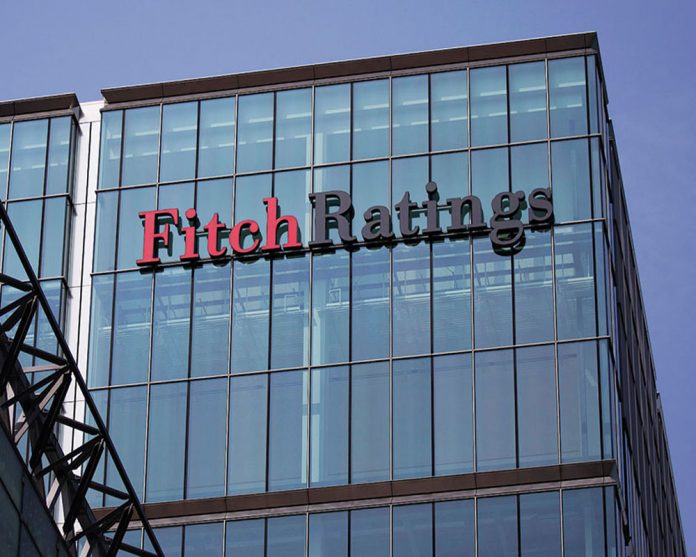Pandemic COVID-19 and associated Lock-down has contracted the Indian economy. Subsequent to the contraction in the current financial year, the Indian economy is expecting a rebound growth at 9.5% in the next financial year according to Fitch Rating Report published on Wednesday. The coronavirus crisis will further cause shrinking in the already slowing economy in the fiscal year 2020-21. Fitch rating agency expects a 5 percent shrinkage in GDP in the current fiscal year. The crisis has badly weakened India’s growth aspect and resulted in further increase public-debt burden said by Fitch rating in its APAC Sovereign Credit Overview released on Wednesday.
After pandemic India’s GDP growth is likely to come back to a higher level excluding the BBB category peers, given it eliminates further eliminates decline in the financial sector in the effect of the coronavirus. And expects an increase in the real GDP rate of 9.5 % in the next financial year. To supplement the economy, The Reserve Bank of India (RBI) has softened the monetary policy by reducing the policy rates and providing liquidity through long term repo operations. Reserve Bank of India also softens the prudential requirements to promote lending activity. The government of India has also declared incentive measures amounting to 10 % of the GDP rate in which the fiscal component is 1 % of GDP which is remarkably lower compared to other countries said by the rating agency. India’s public-debt ratio is expected to have a hike of 84% of the GDP in the FY20-21.
The credit profile is extended by relative external resilience stemming from solid foreign-reserve stock but declined by some lagging structural factors like governance indicators and GDP per capita. Coming to the positive side the agency was expecting a greater reduction in the general government debt. In addition to that, there is always a chance of greater sustained investment and growth rate without creating microeconomics imbalances such as structural reform implementation. Listing to the negative side there is a chance of a material increase in the fiscal deficit due to gross general government debt /GDP ratio. Along with that softening the microeconomic policy settings can result in a high inflation rate would also add up the external funding stress.

